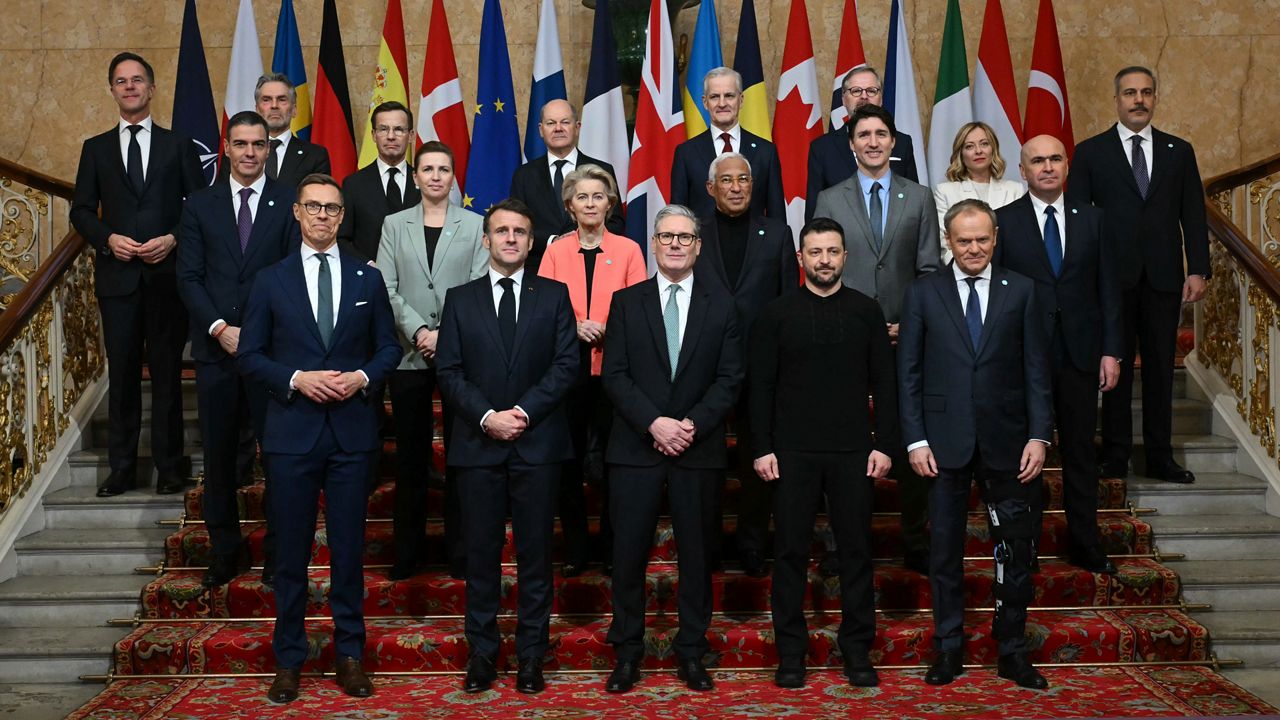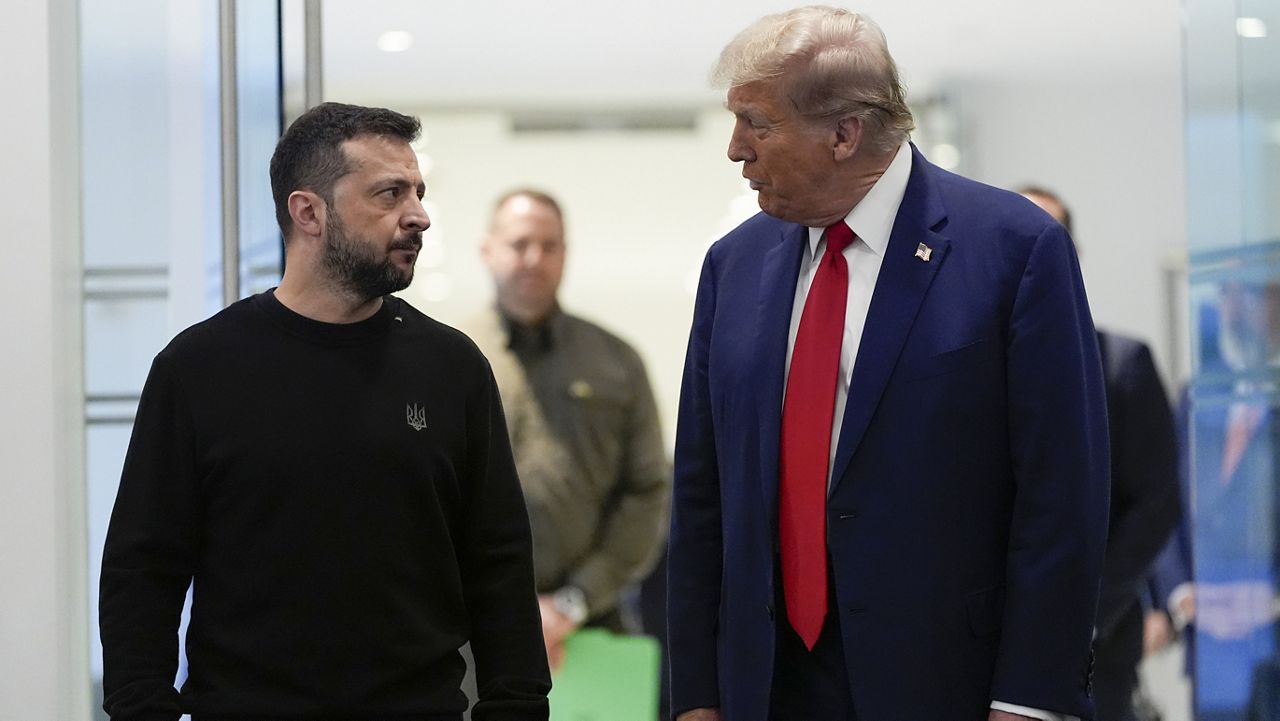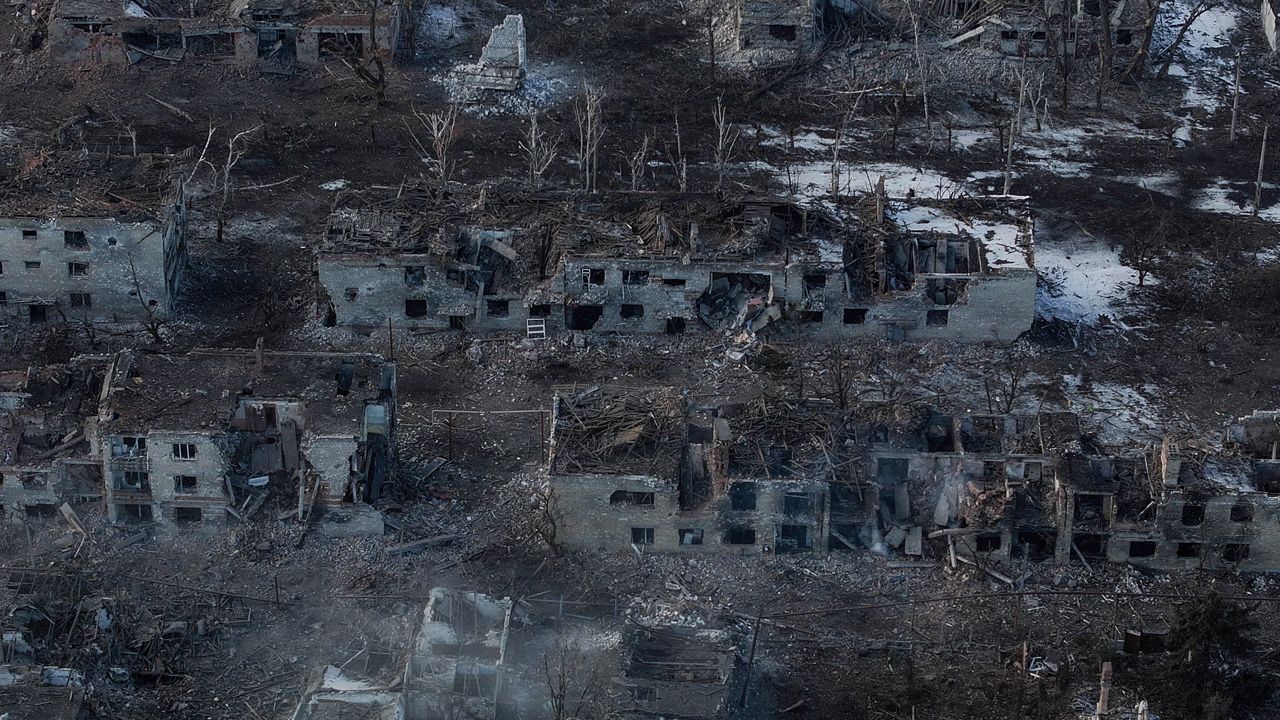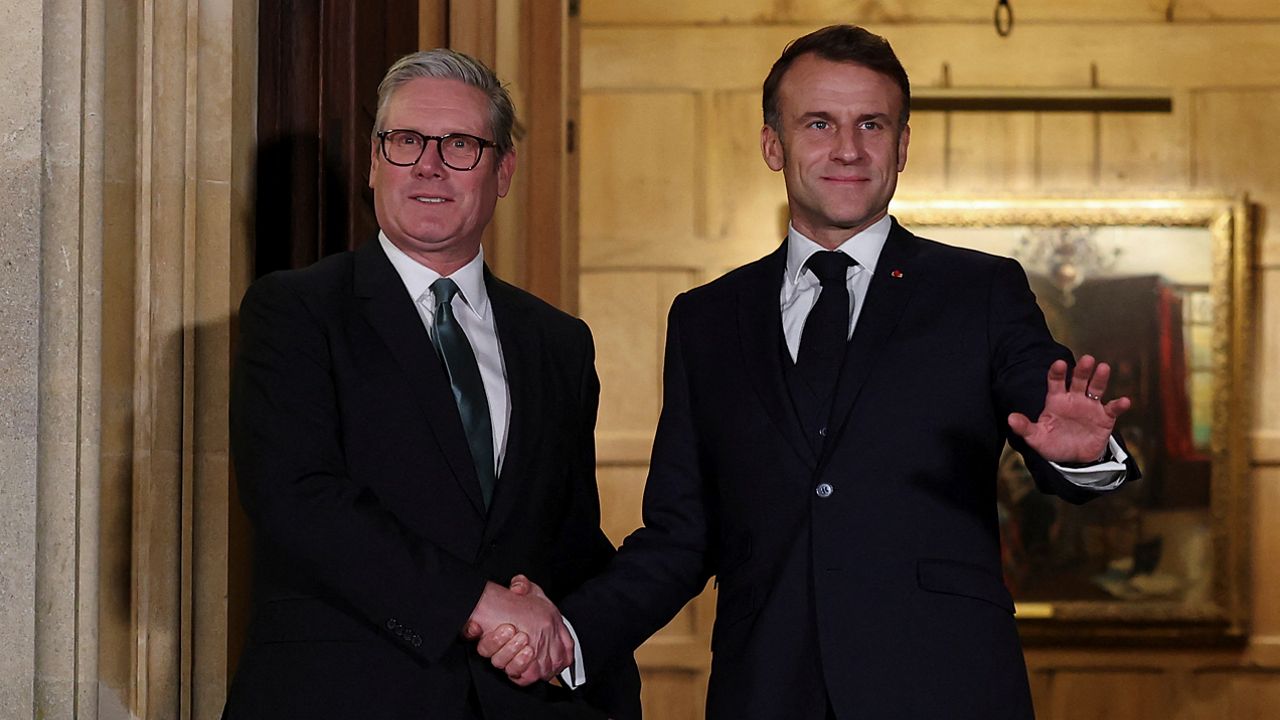The United States has announced an additional $3 billion in military aid to Ukraine as Russia's invasion of the country hits the six-month mark, President Joe Biden announced Wednesday.
The funding was announced Wednesday, which marks six months since the war began – and as Ukraine celebrates its independence day.
In a statement, President Biden said the money will go toward weapons and equipment.
"This will allow Ukraine to acquire air defense systems, artillery systems and munitions, counter-unmanned aerial systems, and radars to ensure it can continue to defend itself over the long term," he said.
Unlike most previous packages, the new funding is largely aimed at helping Ukraine secure its medium- to long-term defense posture, according to officials familiar with the matter. Earlier shipments, most of them done under Presidential Drawdown Authority, have focused on Ukraine’s more immediate needs for weapons and ammunition and involved materiel that the Pentagon already has in stock that can be shipped in short order.
The fighting in Ukraine is now largely concentrated in Russian-controlled regions as the Ukrainian military tries to turn the tide of the now half-year-long war.
"The Russians have run out of combat power," Mark Cancian (Colonel, USMCR, (Ret.), a senior adviser with the Center for Strategic and International Studies International Security Program, told Spectrum News. "They’re moving some of their forces now into the Crimean area to get ready for Ukrainian offensive."
It’s a far cry from what many pictured when Russian first invaded back in February. With a much larger and seemingly better-trained military force, Russia seemed capable of taking Ukraine in a matter of weeks. But the Ukrainians quickly mounted a fierce defense, aided by support from the U.S. and other allies.
"The Ukrainians have much stronger morale and have what's essentially an inexhaustible supply of equipment from the west," Cancian said.
To date, the U.S. has provided about $10.6 billion in military aid to Ukraine since the beginning of the Biden administration, including 19 packages of weapons taken directly from Defense Department stocks since August 2021.
The United States, NATO allies and other partners have not only provided Ukraine with equipment and training, but have also attempted to isolate Russia with a united, coordinated package of sanctions.
Bruce Jentleson, a professor of public policy and political science at Duke University, told Spectrum News that the sanctions have had "some economic impact" that has translated to the battlefield, though Russia has largely contained those costs – thanks, in part, to trade with countries like India and China.
Meanwhile, Europe is facing energy shortages as countries try to rapid move away from Russian energy, which will likely worsen as winter approaches. Jentleson explained that does give Russia some leverage.
"The question of which side is going to grind down the other, our economic effect on Putin, his economic effect on Europe, we don’t know yet," he said.
Despite the economic impacts, "the Russians seem quite determined," Cancian said, noting they "have a much larger country with more resources to draw on, a larger military to draw on [and] a larger economy to draw on."
Though the war has slowed down significantly, both sides are believed to have taken heavy losses. According to the United Nations, more than 5,500 civilians have been killed and close to 8,000 injured, though the true total is expected to be much higher.
A top Ukrainian military official said Monday that the invasion has seen some 9,000 Ukrainian troops killed since the conflict began. U.S. military officials estimated two weeks ago that Russia has lost between 70,000 to 80,000 soldiers, both killed and wounded in action.
Late Monday, the U.S. Embassy in Ukraine and the State Department issued a new security alert for Ukraine, urging all Americans to leave the country immediately.
"The U.S. Embassy urges U.S. citizens to depart Ukraine now using privately available ground transportation options if it is safe to do so," the alert reads. "The security situation throughout Ukraine is highly volatile and conditions may deteriorate without warning."










